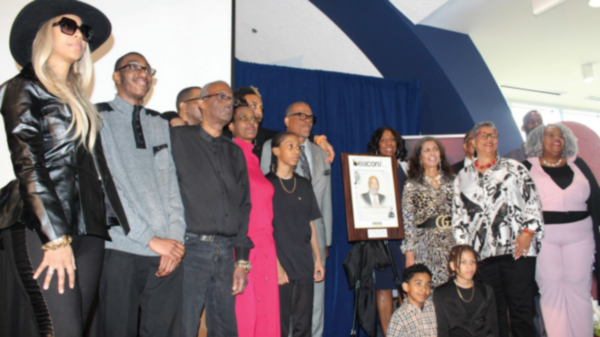By Stacy M. Brown
NNPA Newswire
The racial pay gap has long presented issues for African Americans in Corporate America and other industries. It’s now filtered to social media.
MSL U.S., in partnership with The Influencer League, unveiled a first-of-its-kind research study, “Time to Face the Influencer Pay Gap,” uncovering a vast racial divide in influencer compensation.
According to the research, the racial pay gap between White and Black, Indigenous & People of Color (BIPOC) stands at 29 percent.
When explicitly focused on the gap between White and Black influencers, it widens to 35 percent.
It’s a growing issue that Black creators face,” said Howard University Senior Carrington York, who manages the Tik Tok account for the National Newspaper Publishers Association.”
“Not long ago, it was reported that Black Tik Tok users were shadow-banned, which definitely prevents their content from being monetized,” York stated.
Micah Washington, a Broadcast Journalism major at Howard University, said the report didn’t surprise him.
“Think about it financially. In the report, it talks about how 49 percent of Black creators who contribute regularly say they are offered low market value,” Washington noted.
“These Black influencers are saying when they go to the brands and companies, and they are not receiving the right tools to fend for themselves. They are not shown how to make a deal,” he continued.
“When this happens, it makes the gap wider because they don’t have that professional representation or professional advice. That makes it harder for them to argue that this is racially biased. It comes down to pay transparency.”
The report noted that those forces are amplified by orders of magnitude in the young and unregulated influencer industry where affluence and connections play an outsized role and with social platform algorithms perpetuating inequity.
Researchers found that a remarkable 77 percent of Black influencers reported follower counts in the lowest pay tiers, where compensation from brands averaged just $27,727.90 (versus 59 percent of White influencers).
Conversely, only 23 percent of Black influencers made it into the highest tiers, where earnings averaged $108,713.54 (versus 41 percent of White Influencers).
As concluded by the researchers, the result is that in this industry in particular, an unequal playing field becomes a nearly unbridgeable opportunity gap.
Further, the majority (59 percent) of Black influencers (and 49 percent of BIPOC influencers) reported that they felt negatively impacted financially when they posted on issues of race versus 14 percent of White influencers.
The report also flies in the face of the outpouring of diversity, equity, and inclusion pledges made by corporations around the globe.
“When it comes to a lot of these institutions, performative activism comes to mind,” York said.
“A lot of what they say don’t always show with their actions.”
“There have been rumors of a racial pay gap for years, but no one in our industry has quantified it until now,” D’Anthony Jackson, Digital and Influencer Strategist at MSL, said in a news release.
“These are stark numbers by any measure. Just compare the 35 percent gap between White and Black influencers to the pay gaps in other industries – education 8 percent, business, and financial 16 percent, construction 19 percent, media sports, and entertainment 16 percent. The gap this study uncovered in influencer marketing vastly overshadows the gaps in any other industry.”

You must be logged in to post a comment Login